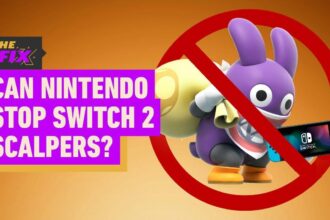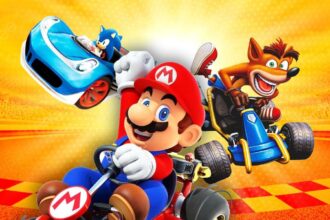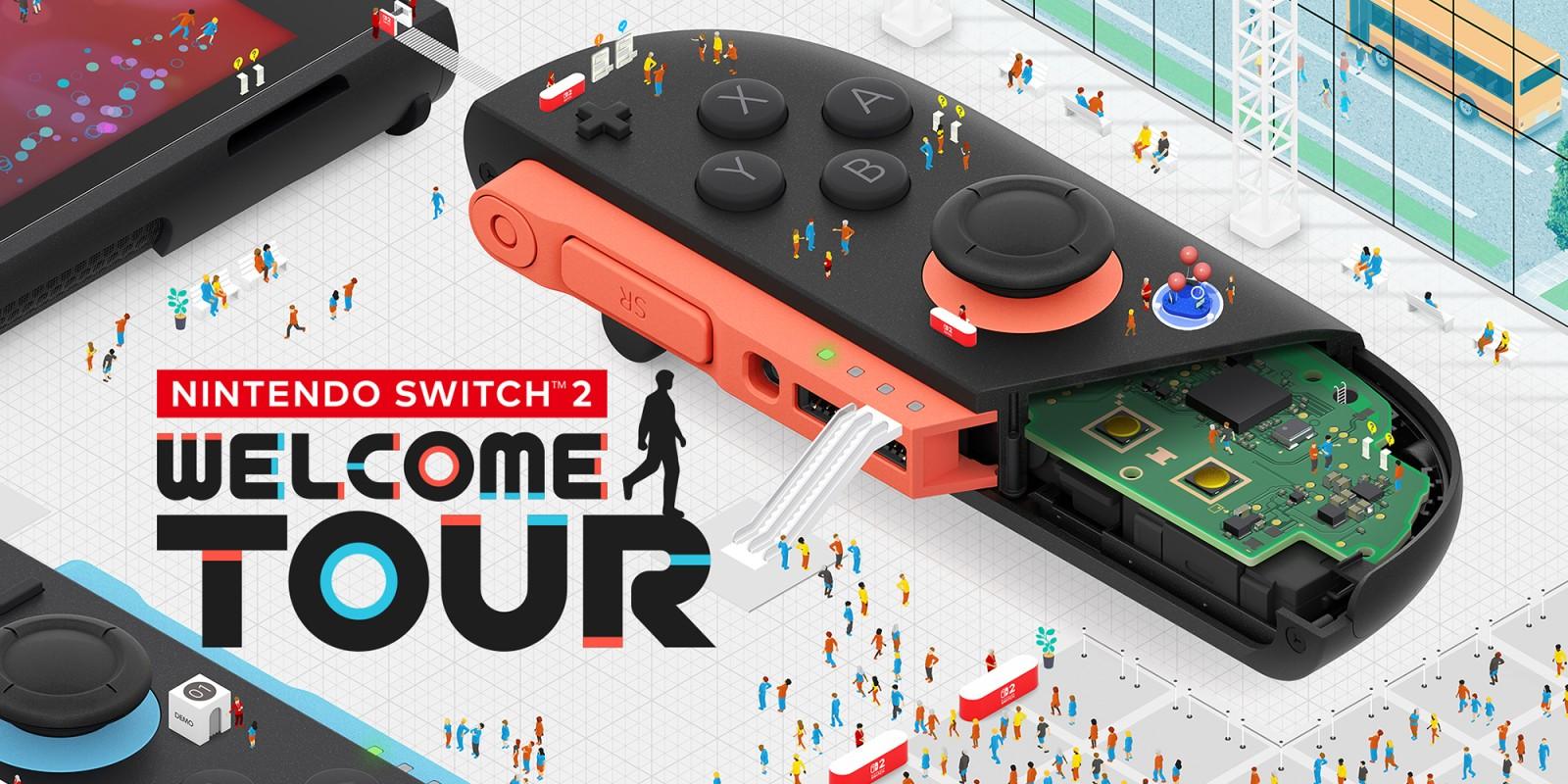Analyzing Market Trends and Competition
When comparing Switch 2’s launch price to past Nintendo systems, it’s essential to examine the competitive landscape of the gaming industry at the time of each console’s release. In the case of the original Switch, Nintendo had to compete with the likes of the PlayStation 4 and Xbox One, which were both already well-established in the market. The Switch’s unique hybrid design and portability allowed it to carve out a niche for itself, but its launch price of $299 was seen as a premium offering.
In contrast, past Nintendo consoles have often been priced competitively or even lower than their competitors. The Nintendo 64, for example, launched at $199.99, while the GameCube launched at $199.99 as well. Even the Wii, which was seen as a more casual offering, launched at $249.99. This trend suggests that Nintendo often aims to offer a more affordable option for gamers. Here’s a brief comparison of Nintendo console launch prices:
| Console |
Launch Price |
Launch Year |
| Nintendo 64 |
$199.99 |
1996 |
| GameCube |
$199.99 |
2001 |
| Wii |
$249.99 |
2006 |
| Wii U |
$299.99 (Basic) |
2012 |
| Nintendo Switch |
$299.99 |
2017 |
Key factors that may influence the launch price of Switch 2 include:
- Increased production costs due to improved hardware and features
- Market competition from Sony’s PlayStation 5 and Microsoft’s Xbox Series X|S
- Nintendo’s target profit margins and business strategy
- Possible bundles or promotions that could affect the launch price
Bold, innovative strategies and calculated risks have often been at the heart of Nintendo’s console launches.

The Original Switch Launch Price Benchmark
The original Nintendo Switch launched in 2017 with a base price of $299.99 USD. This served as a benchmark for the console’s success and provided a point of comparison for future price adjustments and special editions. Here’s a breakdown of the original Switch’s launch price in various regions:
- North America: $299.99 USD
- Europe: €329.99 EUR / £279.99 GBP
- Japan: ¥29,980 JPY
- Australia: AU$469.95
The Switch’s launch price was seen as reasonable, considering its hybrid console design, portability, and innovative detachable Joy-Con controllers. As the console’s popularity grew, so did the prices of its various editions and models, such as the Switch Lite and OLED Model. The base price, however, has generally remained competitive, with some discounts and promotions available during holiday seasons and special events.
| Region |
Launch Price |
| North America |
$299.99 USD |
| Europe |
€329.99 EUR / £279.99 GBP |
| Japan |
¥29,980 JPY |
| Australia |
AU$469.95 |
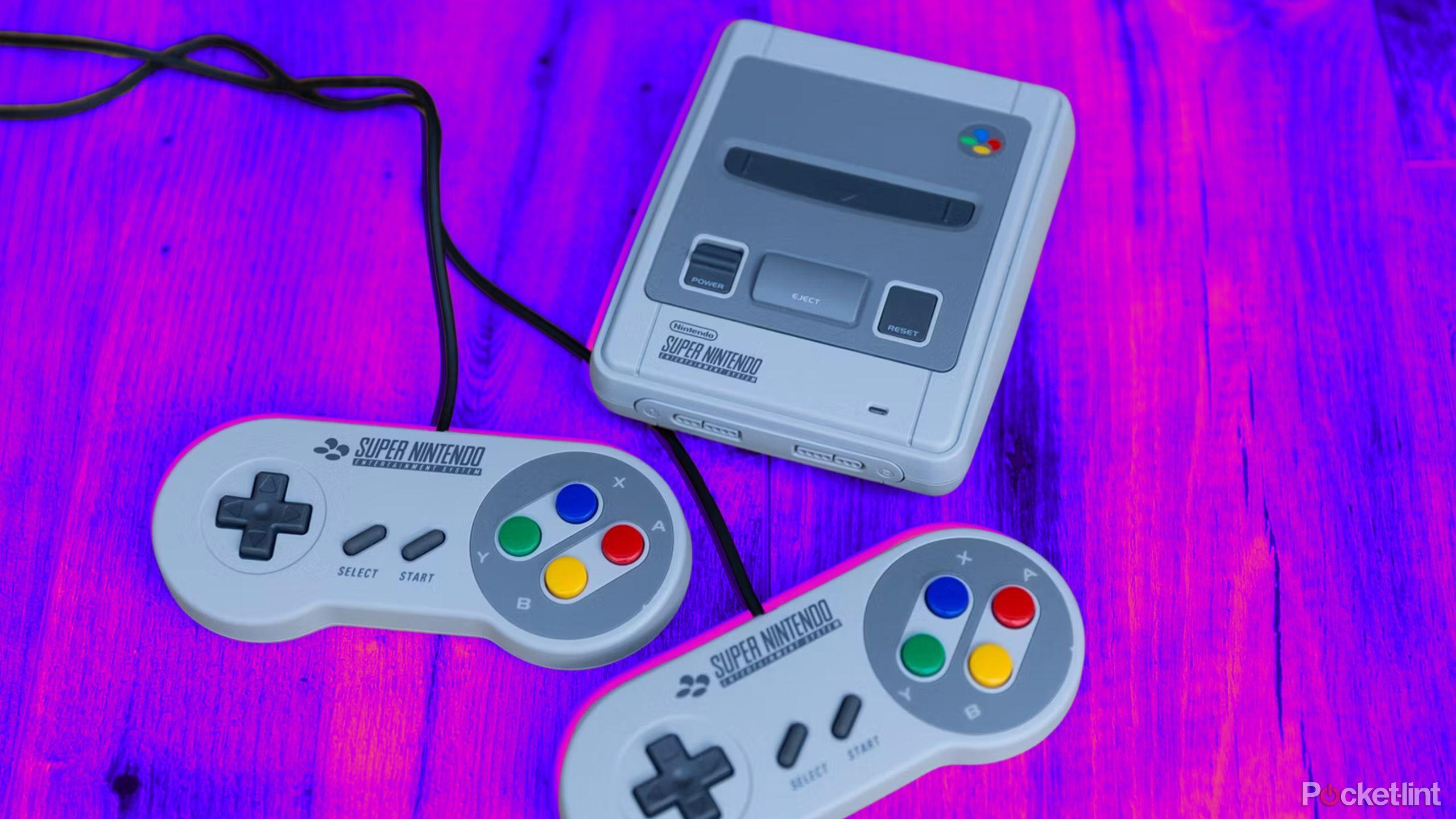
Price Points of Other Notable Nintendo Consoles
It’s interesting to note the varying at launch and how they’ve influenced the gaming market. Some of these include:
The Nintendo 64: Launched in 1996 at $199.99, which is approximately $350 in today’s currency, after adjusting for inflation.
The GameCube: Released in 2001 for $199.99, roughly equivalent to $310 in present-day dollars.
The Wii: Premiering in 2006 with a base price of $249.99, and approximately $340 in today’s dollars when adjusted for inflation.
| Console |
Launch Price (USD) |
Adjusted for Inflation (USD) |
| Nintendo 64 (1996) |
$199.99 |
≈ $350 |
| GameCube (2001) |
$199.99 |
≈ $310 |
| Wii (2006) |
$249.99 |
≈ $340 |
Notable handheld systems from Nintendo’s lineup also vary in price:
The Nintendo 3DS XL: Launched in 2012 with a base price of $199.99, including a larger size and more advanced features compared to the standard 3DS.
* The Nintendo Switch Lite: Released in 2019 as a solely portable option for $199.99.
Alternatively, we can consider Nintendo’s offering in 2019 with Their Switch Online Services, sold in different tiers. One month’s worth of individual membership, costs $3.99 USD, and their “Nintendo Switch Online + Expansion Pack” for one year costs $49.99 USD. Their Family plan pricing starts at $34.99 USD for a year.
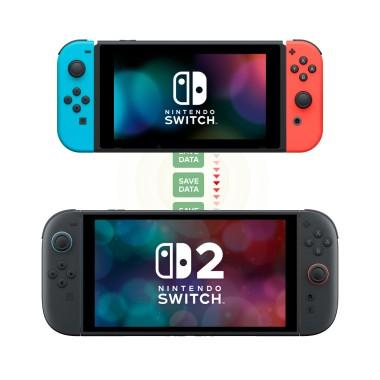
Past Price Adjustments and Revamps
Nintendo has a history of adjusting prices and revamping its consoles after launch. These moves were usually made to better compete with market rivals, address consumer needs, or deal with market fluctuations. Some of these adjustments and revamps are well known, while others might have slipped under the radar.
Examples of notable price adjustments and revamps include:
- The NES-101 top-loading version, a more compact and durable iteration, released in North America four years after the initial NES launch.
- The SNES Mini redesign and miniaturization of the original system.
- The Nintendo DS Lite, which replaced the original Nintendo DS and boasted a sleeker, compact design.
- The Wii Mini and Wii U price cuts in several regions to boost sales.
Nintendo’s consoles are notorious for maintaining a high price point over extended periods. However, the pressure from competitors and consumer expectations can sometimes force price adjustments. Below are a few comparisons:
| Console |
Launch Price |
Price Adjustment(s) |
| Nintendo Wii |
$249.99 |
$199.99 (Oct 2009) and $149.99 (May 2011) |
| Nintendo 3DS |
$249.99 |
$169.99 (Aug 2011) |
| Nintendo Wii U |
$299.99 |
$249.99 (Oct 2013) |
| Nintendo Switch |
$299.99 |
Lite version at $199.99 (Sep 2019) |
The above data shows instances when Nintendo adjusted the price point to boost sales and counteract market pressure.

Launch Bundle Strategies and Peripherals
When examining the launch bundles of past Nintendo systems, it becomes clear that they play a significant role in determining their overall value. A bundle’s contents, such as games, controllers, and other peripherals, can greatly impact the initial price of the console. For instance, the Wii U’s Deluxe Set came with a copy of Nintendo Land and a stand, whereas the Basic Set was more stripped back.
Comparing Nintendo Console Launch Bundles
| Console |
Launch Bundle Contents |
Launch Price |
| Wii U Deluxe Set |
Nintendo Land, stand, console |
$349.99 |
| Wii U Basic Set |
$299.99 |
| Wii |
$249.99 |
| Nintendo Switch |
$299.99 |
Some notable launch peripherals for past Nintendo systems include:
* Nintendo GameCube’s memory cards
* Wii Balance Board
* Wii U GamePad cradle
* Switch Pro Controller
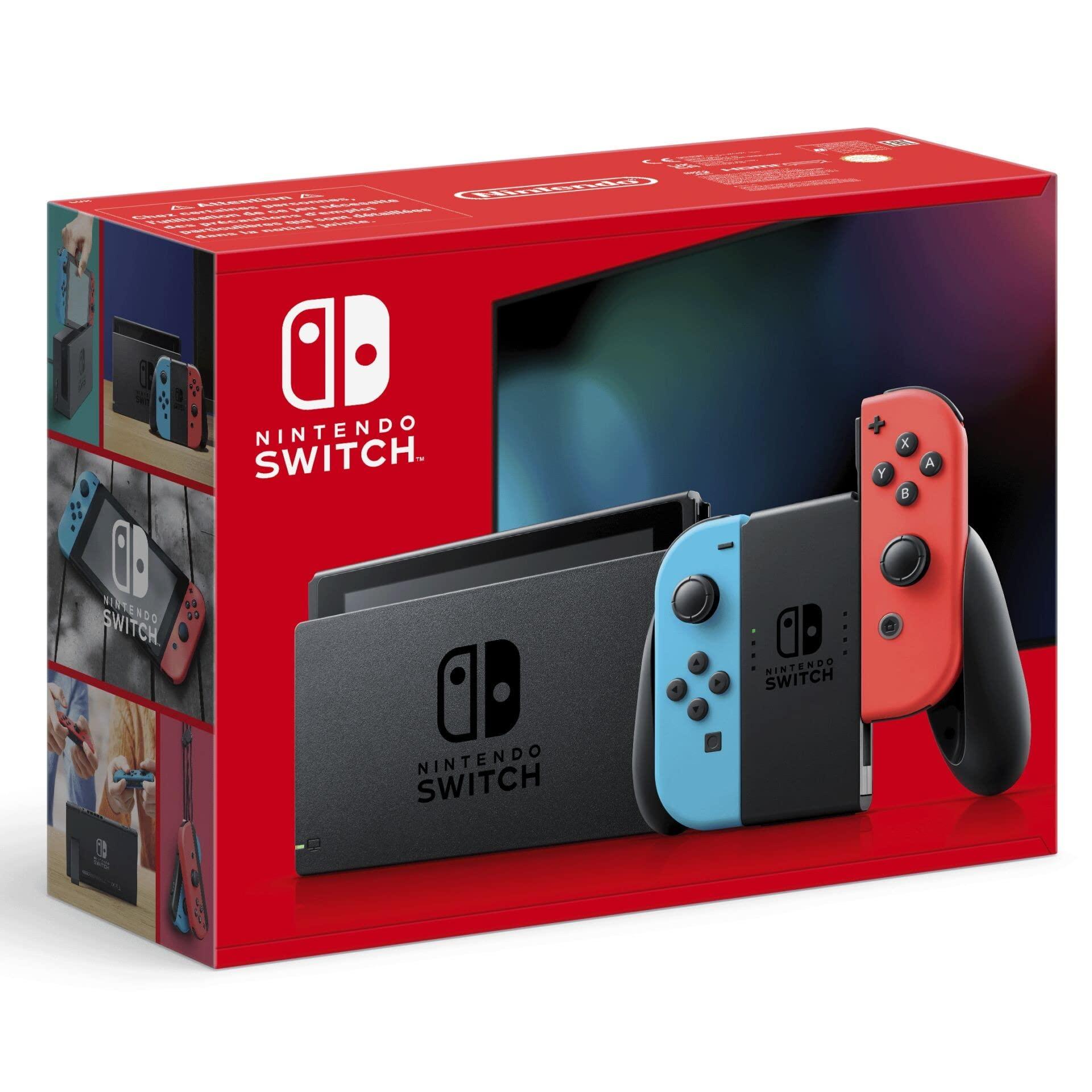
Gauging Consumer Expectations and Demand
One crucial aspect to consider when assessing the Switch 2’s launch price is consumer expectations. According to a recent survey, the majority of gaming enthusiasts are willing to spend a premium for a cutting-edge console experience, but there’s a fine line between affordability and overpricing. The Switch 2’s pricing strategy must take into account the shifting sands of the gaming market, where cloud gaming and subscription services have altered consumer behavior.
A consumer demand analysis suggests that gamers are seeking consoles that offer a blend of power, portability, and innovative features. Key selling points that influence purchasing decisions include:
- Upgraded hardware and performance
- Enhanced battery life and charging capabilities
- Robust library of exclusive games and titles
- Seamless online multiplayer and co-op experiences
- Attractive, user-friendly design and build quality
In order to accurately gauge demand, it’s essential to examine the pricing strategies of past Nintendo consoles. The table below highlights the launch prices of notable Nintendo systems:
| Console Name |
Launch Price (USD) |
Release Date |
| Nintendo Switch (Base Model) |
$299.99 |
2017 |
| Nintendo Wii U (Base Model) |
$299.99 |
2012 |
| Nintendo 3DS (Base Model) |
$249.99 |
2011 |
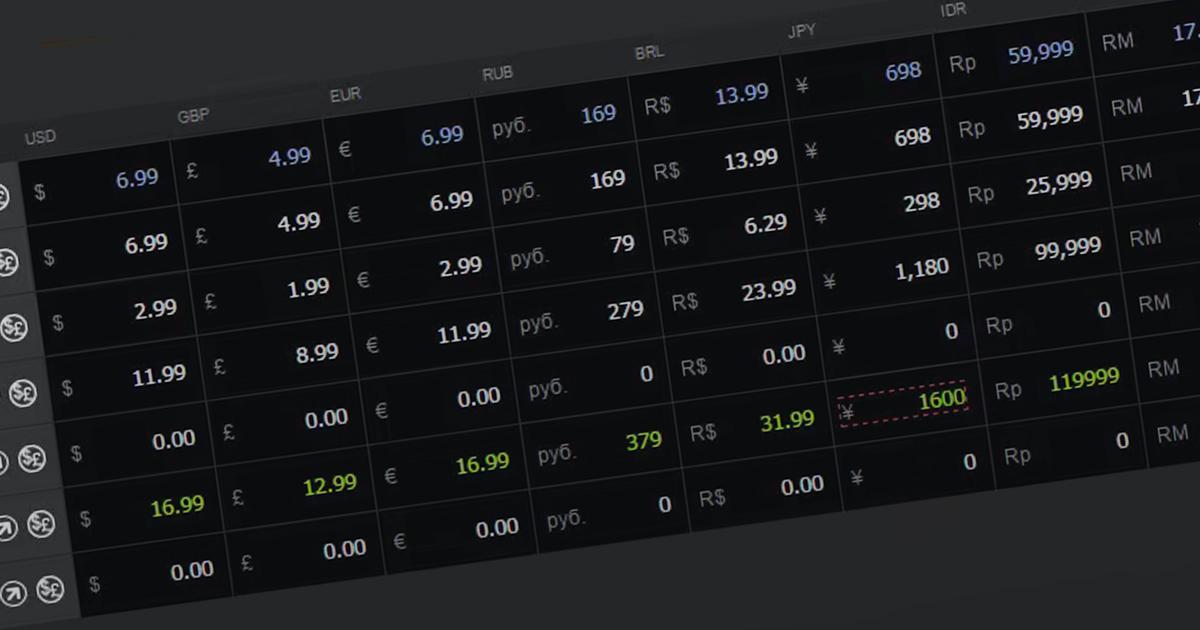
Regional Pricing Factors and Considerations
Pricing strategies can vary greatly depending on the region, and Nintendo is no exception. The company often adjusts its pricing to accommodate local market conditions, consumer demand, and regional laws.
- Taxes and Tariffs: Regional taxes and tariffs can significantly impact the final price of a console. For example, the European Union imposes a 20% Value Added Tax (VAT) on electronic devices, while the United States has a more complex system with varying state sales taxes.
- Currency Fluctuations: Currency exchange rates can also influence pricing. A strong currency can lead to lower prices, while a weak currency can result in higher prices.
- Regional Competition: Nintendo must consider the competitive landscape in each region. For instance, the Switch 2 may be priced lower in regions with intense competition from other gaming systems.
| Region |
Taxes and Tariffs |
Currency Fluctuations |
Regional Competition |
| Europe |
VAT (20%) |
EUR/USD exchange rate |
PS5, Xbox Series X|S |
| North America |
State sales taxes (varies) |
USD/CAD exchange rate |
PS5, Xbox Series X|S |
| Japan |
Consumption tax (10%) |
JPY/USD exchange rate |
PS5 |
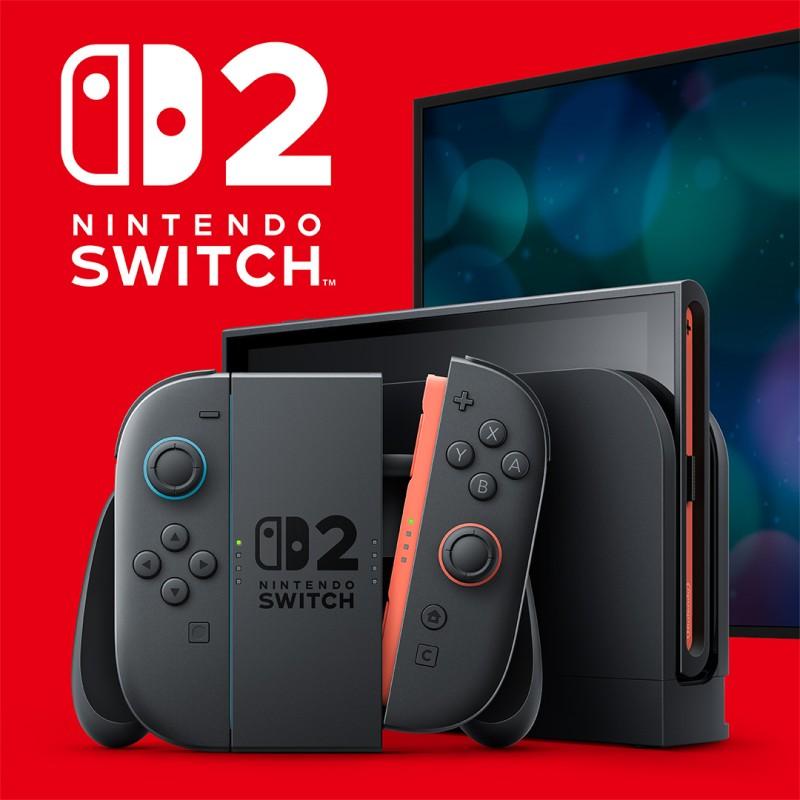
Nintendos Business Model and Profit Margins
Understanding Nintendo’s Financial Levers
Nintendo’s business model is built around two main pillars: hardware and software sales. On the hardware side, Nintendo focuses on launching innovative consoles that cater to a wide range of gamers, while maintaining a balance between affordability and profitability. When it comes to software, the company relies heavily on the success of its first-party titles, such as Mario, Zelda, and Pokémon, to drive sales and attract new gamers to its ecosystem. This strategy allows Nintendo to maintain high profit margins on both its hardware and software offerings.
Breakdown of Nintendo’s Profit Margins
| Product | Gross Margin |
| — | — |
| Nintendo Switch | 30-40% |
| Nintendo Switch Games (First-Party) | 60-70% |
| Nintendo Switch Games (Third-Party) | 10-20% |
| Wii U | 20-30% |
| Wii U Games (First-Party) | 50-60% |
| Wii U Games (Third-Party) | 5-15% |
Nintendo’s ability to maintain high profit margins is driven by several factors, including:
Low Production Costs: Nintendo’s manufacturing efficiency and economies of scale help keep production costs low, allowing the company to maintain high profit margins on its hardware.
Premium Pricing: Nintendo’s high-quality first-party games command premium prices, contributing to the company’s high profit margins on software sales.
* Strong Brand Loyalty: Nintendo’s iconic IP and loyal customer base drive demand for its products, enabling the company to maintain premium pricing and high profit margins.

Launch Timing and Economic Influences
Notable economic influences include:
- Component prices (e.g., chip shortages, memory prices)
- Manufacturing and production costs
- Currency exchange rates and global market conditions
- Competition and market positioning
A balance between cost-effectiveness and profit margins is necessary for Nintendo to price the Switch 2 competitively. By examining the prices of past Nintendo consoles, we can understand the potential factors influencing the Switch 2’s launch price. Here’s a brief overview:
| Console |
Release Date |
Launch Price (USD) |
| Nintendo Entertainment System (NES) |
1985 |
$299.99 |
| Super Nintendo Entertainment System (SNES) |
1991 |
$199.99 |
| Nintendo 64 (N64) |
1996 |
$199.99 |
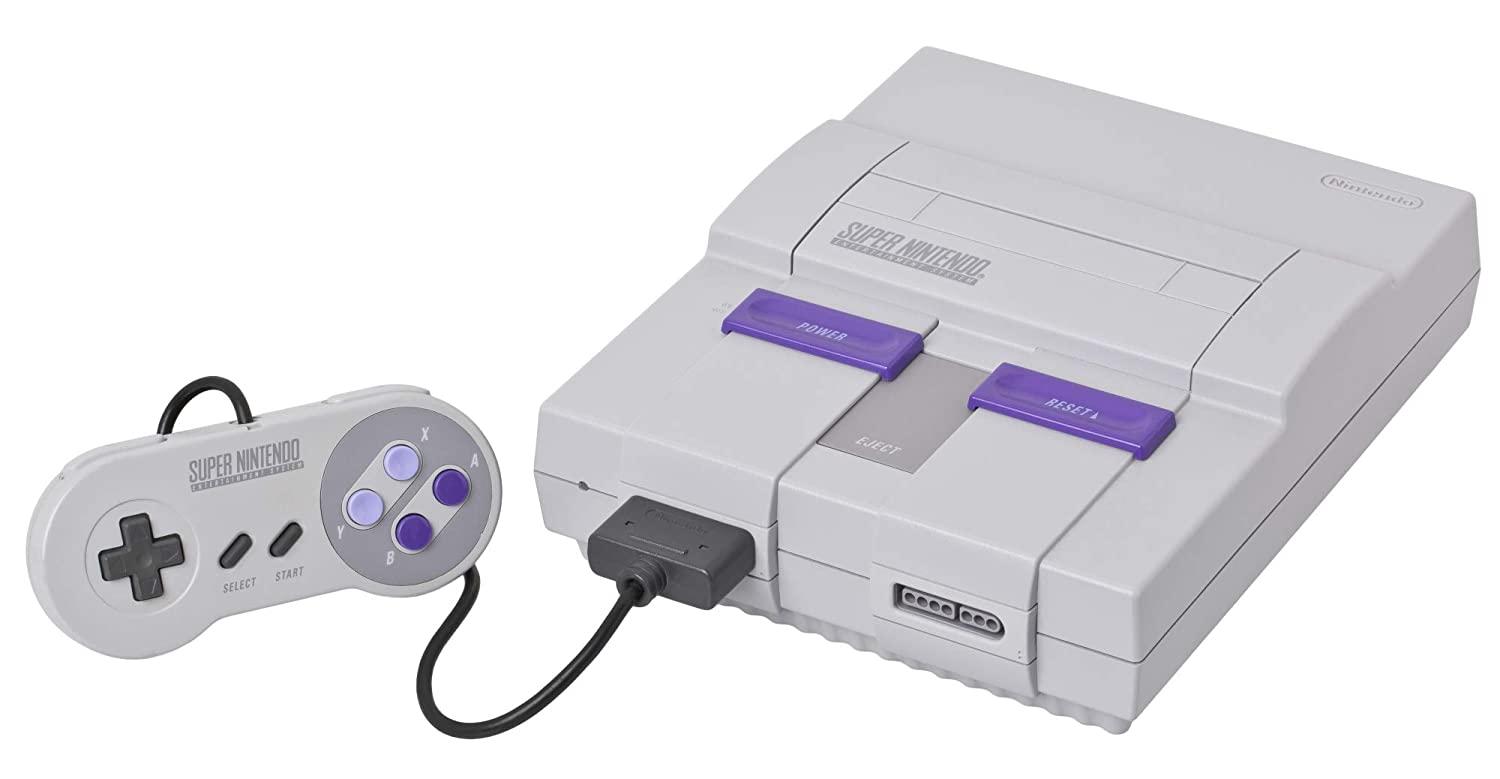
Historical Context of Console Launch Prices
When examining the launch prices of past Nintendo consoles, a few notable trends emerge. One clear observation is that Nintendo’s launch prices have historically been quite competitive, often slotting in at or below the market average for that generation.
| Nintendo Console |
Launch Price (USD) |
Launch Price (Adjusted for Inflation) |
| Nintendo Entertainment System (NES) |
$200 |
$530 (Adjusted) |
| Super Nintendo Entertainment System (SNES) |
$200 |
$390 (Adjusted) |
| Nintendo 64 (N64) |
$200 |
$320 (Adjusted) |
| GameCube |
$199 |
$290 (Adjusted) |
| Wii |
$250 |
$330 (Adjusted) |
| Wii U |
$299 |
$350 (Adjusted) |
- When considering Nintendo’s transition to handheld gaming, the Game Boy series saw consistent price drops across subsequent generations.
- The original Game Boy debuted at $89, followed by significant price reductions with each new iteration – the Game Boy Advance launched at $69 and the Nintendo DS began at $149.
Insights and Conclusions
As the curtains draw to a close on our price comparison journey through the annals of Nintendo’s history, one thing becomes clear: the art of pricing a gaming console is a delicate balancing act. With the Switch 2’s launch price now revealed, only time will tell if Nintendo has struck the perfect chord with gamers. Will the new system’s features and improved specs justify the cost, or will it leave some feeling like they’re paying a premium for a familiar experience? As the gaming world holds its breath in anticipation, one thing is certain: the Switch 2 is poised to be a major player in the console wars, and its price will play a starring role in the drama that unfolds. Stay tuned to see how this story unfolds, and until next time, game on.


